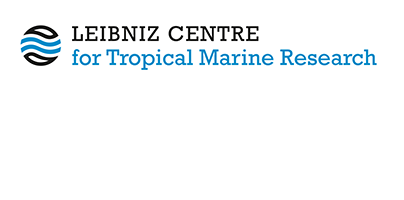Celebrating World Mangrove Day 2024 with IUCN MSG and ZMT
The International Day for the Conservation of the Mangrove Ecosystem is celebrated each year on 26 July. It was adopted by the UNESCO almost ten years ago in 2015. The day aims to raise awareness of the vital role of mangrove ecosystems and the threats they face and to promote solutions for the sustainable management, conservation and uses of these fascinating coastal ecosystems.
The IUCN Mangrove Specialist Group which ZMT is a member of has also realased a statment to mark this day and to rais of the conitious pressure on mangroves. The first Red List assessment of global mangrove ecosystems by IUCN found that 50% of the world’s mangrove ecosystems are still at risk of future collapse. Read the full statement here:
Celebrating global mangrove ecosystems on World Mangrove Day
Mangrove forests once fringed most of the world’s protected tropical coastline but have historically suffered significant losses due to coastal aquaculture, agriculture, and urban development. With this decrease came also the loss of the many beneficial goods and services offered by these fascinating ecosystems, including the capacity to store carbon to mitigate global climate change, protecting coastal communities from storms, and the provision of nursery habitats to many commercially important fish and crustacean species.
Built on increased public awareness of the values of mangrove forests, both local and concerted international conservation efforts in the past few decades have largely stemmed their decline. Advances in science-based restoration and re-establishment have also contributed to the increase in mangrove area in some countries, most notably the return of mangroves to areas previously destroyed by aquaculture ponds that had since been abandoned.
Notwithstanding the growing optimism about the future of global mangrove ecosystems, they are still under immense pressure from less easily quantified yet insidious threats and losses. The recent first Red List assessment of global mangrove ecosystems by IUCN* has found that 50% of the world’s mangrove ecosystems are still at risk of future collapse, if further effective protective measures are not urgently implemented. Loss of mature forests is still rampant in some regions, such as West Africa and Southeast Asia. The major threats to mangrove ecosystems include degradation caused by pollution, invasive species, and loss of hydrologic connectivity. Predicted future sea-level rise exacerbated by “coastal squeeze” could submerge and drown up to 25% of the existing mangrove forests in the next 50 years.
The future of global mangrove ecosystems is at a turning point. Sustained efforts in education, research, knowledge-based management, re-establishment, and restoration, and coordinated action ensuring involvement of all stakeholders, particularly the local communities, will ensure the long-term survival of these valuable natural assets and their continued essential beneficial services to humans in the face of significant environmental change. There is a role for everyone – from sharing the beauty of these forests through social media, to organising clean ups in your local mangroves to dedicating your next holiday to visit mangrove forests - we invite you to join and contribute to this important cause, starting on World Mangrove Day 2024 (July 26th).
At ZMT, we are marking World Mangrove Day with our colleagues from the Mangrove Ecology working group. Let’s join our researchers and find out what makes mangroves such important ecosystems and about the essential ecosystem services they provide.





